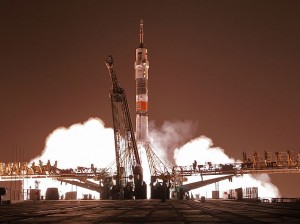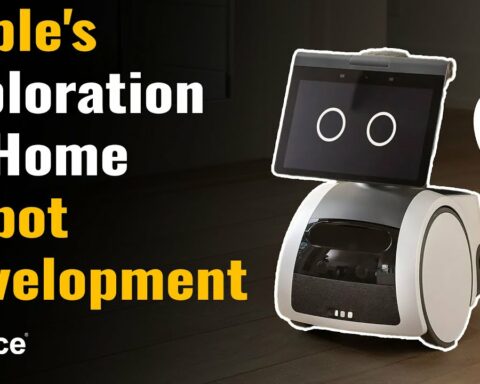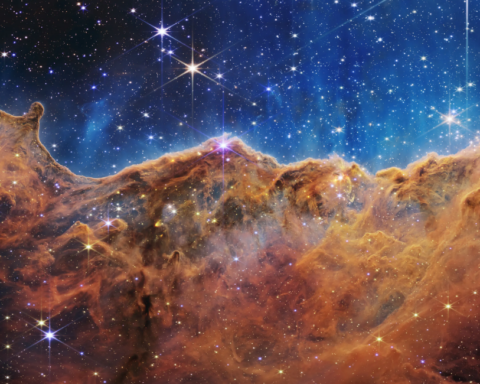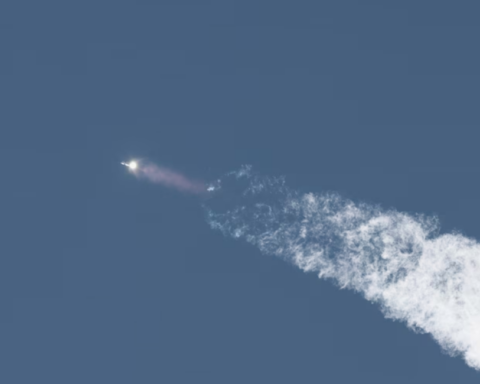 US space agency Nasa said Friday it has successfully beamed a high-definition video from the International Space Station to Earth using a new laser communications instrument, a technology demonstration that could help fundamentally change the way of communication in future deep space missions.
US space agency Nasa said Friday it has successfully beamed a high-definition video from the International Space Station to Earth using a new laser communications instrument, a technology demonstration that could help fundamentally change the way of communication in future deep space missions.
The transmission of the 175-megabit video entitled “Hello, World,” took only 3.5 seconds, which corresponds to a data transmission rate of 50 megabits per second and would have taken more than 10 minutes using traditional downlink methods, Xinhua quoted Nasa as saying.
The entire video test, which occurred Thursday, lasted 148 seconds, the agency said.
Nasa said the technology demonstration called Optical Payload for Lasercomm Science (OPALS) focused laser energy to reach data rates between 10 and 1,000 times higher than current space communications, which rely on radio waves.
“Because the space station orbits Earth at 17,500 miles per hour, transmitting data from the space station to Earth requires extremely precise targeting,” the agency said in a statement. “The process can be equated to a person aiming a laser pointer at the end of a human hair 30 feet away and keeping it there while walking.”
To achieve this extreme precision during Thursday’s demonstration, Nasa said the OPALS locked onto a laser beacon emitted by the Optical Communications Telescope Laboratory ground station at the Table Mountain Observatory in Wrightwood, California.
“It’s incredible to see this magnificent beam of light arriving from our tiny payload on the space station,” said Matt Abrahamson, OPALS mission manager at Nasa’s Jet Propulsion Laboratory in Pasadena, California.
“We look forward to experimenting with OPALS over the coming months in hopes that our findings will lead to optical communications capabilities for future deep space exploration missions,” he added.
Source-NDTV








